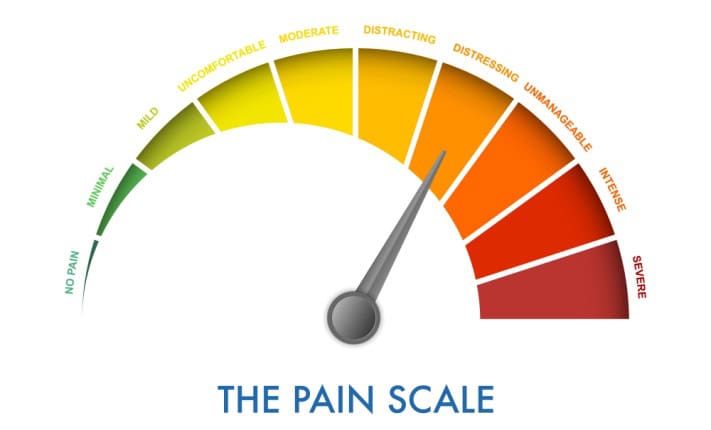Limited efficacy of common local anaesthetic: Liposomal bupivacaine was launched on the market twelve years ago to provide long-lasting local control of pain. The medication is used as a local anaesthetic, particularly for orthopaedic operations. A research study by MedUni Vienna has now shown the limited effectiveness of the substance. The study has just been published in the journal “Anesthesiology”, the peer-reviewed journal of the American Society of Anesthesiologists (ASA).
The study was conducted as a collaboration between scientists from the Department of Anesthesia, General Intensive Care Medicine and Pain Management and the Department of Clinical Pharmacology with 25 healthy volunteers in a randomised, controlled and triple-blinded design. The study participants were randomly assigned to receive two nerve blocks with bupivacaine for pain control, one in the conventional and one in the liposomal form. Liposomal means that the active ingredient is encapsulated in vesicles called liposomes, which should enable a slower release over a longer period of time. “Since the combination of both forms of bupivacaine is recommended, little was known about the effectiveness of the use of liposomal bupivacaine alone in pain therapy during and immediately after surgery,” says co-first author Peter Marhofer, summarising the initial situation.
As the research showed, the administration of liposomal bupivacaine produced successful surgical blockade in around a third of the test subjects, compared to 100 per cent after administration of the conventional form. “This suggests that liposomal bupivacaine alone is not sufficient to control pain during surgery,” concludes anaesthetist Peter Marhofer. As far as longer-lasting post-operative efficacy is concerned, liposomal bupivacaine did lead to a reduction in pain sensitivity in the affected area of the body that lasted for 3.5 days. “However, based on our findings, this effect cannot be regarded as reliable,” says Marhofer, “as the effectiveness was unpredictable even within a single test subject and sometimes decreased and increased again several times over time.”
Further research for safe use
As a special form of bupivacaine, which was introduced in 1963, liposomal bupivacaine was developed with the aim of ensuring long-lasting regional pain control. Its mode of action is based on the local blocking of nerve conduction, which prevents pain signals from being transmitted from the anaesthetised area to the brain. By prolonging the duration of action, patients should experience less pain after surgery and require fewer opioids, which in turn should reduce the risk of addiction and other undesirable side effects. In medical practice, liposomal bupivacaine is typically used for local anaesthesia, particularly in orthopaedic surgery. “Our study showed unpredictable effects of liposomal bupivacaine in terms of nerve block and associated pain relief. Based on our findings, the substance cannot currently be recommended for use in pain therapy during and after surgery,” emphasises study principal investigator Markus Zeitlinger.
Publication: Anesthesiology
Liposomal Bupivacaine for Peripheral Nerve Blockade: A Randomised, Controlled, Crossover, Triple-Blinded Pharmacodynamic Study in Volunteers
Markus Zadrazil, Peter Marhofer, Philipp Opfermann, Werner Schmid, Daniela Marhofer, Mira Zeilberger, Lena Pracher, Markus Zeitlinger;
DOI: 10.1097/ALN.0000000000004988
https://pubmed.ncbi.nlm.nih.gov/38558118/
- RV3-BB rotavirus vaccine at birth boosts microbiome - 8th May 2025
- No Mind Left Behind: Support the Carers - 4th May 2025
- Climate change causes longer pollen seasons in capital cities - 4th May 2025


